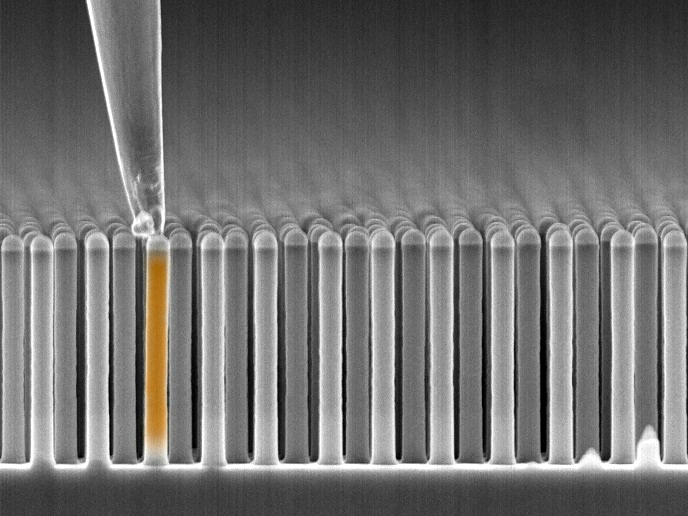Innovative concrete could help cities stay cool
Daytime radiative cooling materials have been proposed as a viable means of combating some of the worst effects of global warming. These are materials that are able to efficiently radiate heat into space, effectively cooling a surface even under sunlight. “The only material with the required scale to have a significant impact here is concrete,” says MIRACLE(opens in new window) project coordinator Jorge Dolado from the Spanish National Research Council(opens in new window) (CSIC) in Spain. “The aim of the MIRACLE project was therefore to explore the possibility of making daytime radiative cooling concretes, which could offer a scalable option for diminishing some of the impacts of global warming.”
Radiative cooling materials based on concrete
MIRACLE set out to demonstrate and evaluate the feasibility of daytime radiative cooling materials based on concrete. The project team also wanted to assess the environmental impact. “Before embarking on cement and concrete science, I was involved in photonics where I cooperated with Prof. Miguel Beruete from UPNA(opens in new window) in Spain,” explains Dolado. “We lost track of each other until Miguel gave a talk at an institute close to mine, and we decided to explore together how photonics and concrete science and technology could be merged. This was the seed of the MIRACLE project.” To achieve their objectives, a multidisciplinary consortium was brought together. This also included cement and concrete engineering experts from TU Darmstadt(opens in new window), building engineers from TECNALIA(opens in new window), 3D micro-patterning experts from Microlight3D(opens in new window), environmental assessors from KU Leuven(opens in new window) and solar cell technology experts from PoliTO(opens in new window). “To reach proof of concept, we combined simulations and experiments in the lab,” notes Dolado. “We then tested our concretes outdoors in more realistic scenarios.” These included the roof of Dolado’s institute, a ranch in the Tabernas Desert in Spain (where incidentally many ‘spaghetti western’ movies were filmed), and in Kubik, a demo-building belonging to TECNALIA.
Cooling energy and electricity savings
The project team showed that concretes that are not heated when exposed to solar radiation are feasible. Even under very stringent conditions such as the Tabernas Desert, temperatures remained 2 °C below ambient temperature during the central hours of the day (30 °C to 32 °C). Dolado notes that the temperature of regular concrete would have exceeded 65 °C. “For buildings, this could mean large cooling energy savings,” adds Dolado. “Air conditioning could be eliminated in some circumstances.” Project estimates suggest that cities suffering a heatwave could reduce their temperature by around 10 °C during day and 5 °C during night, just by substituting current roofs with roofs made of photonic concretes. Pavements could also be a viable target.
Mitigating effects of global warming
In terms of scalability, Dolado notes that the photonic concretes pioneered in MIRACLE can be produced with materials that the cement and concrete industry is currently using. Two patents have already been issued, with a third one on the way. A spin-off called PhotoKrete SL has been launched, which will employ the patented technologies. “The challenge now is to cooperate with stakeholders that can help us to scale up the technology and commercialise the products,” says Dolado. “Some big players have shown interest in the technology.” The overriding goal, adds Dolado, is to see these photonic concretes used in cities. “Our hope is that – fingers crossed – this will significantly help to mitigate against the effects of global warming.”





